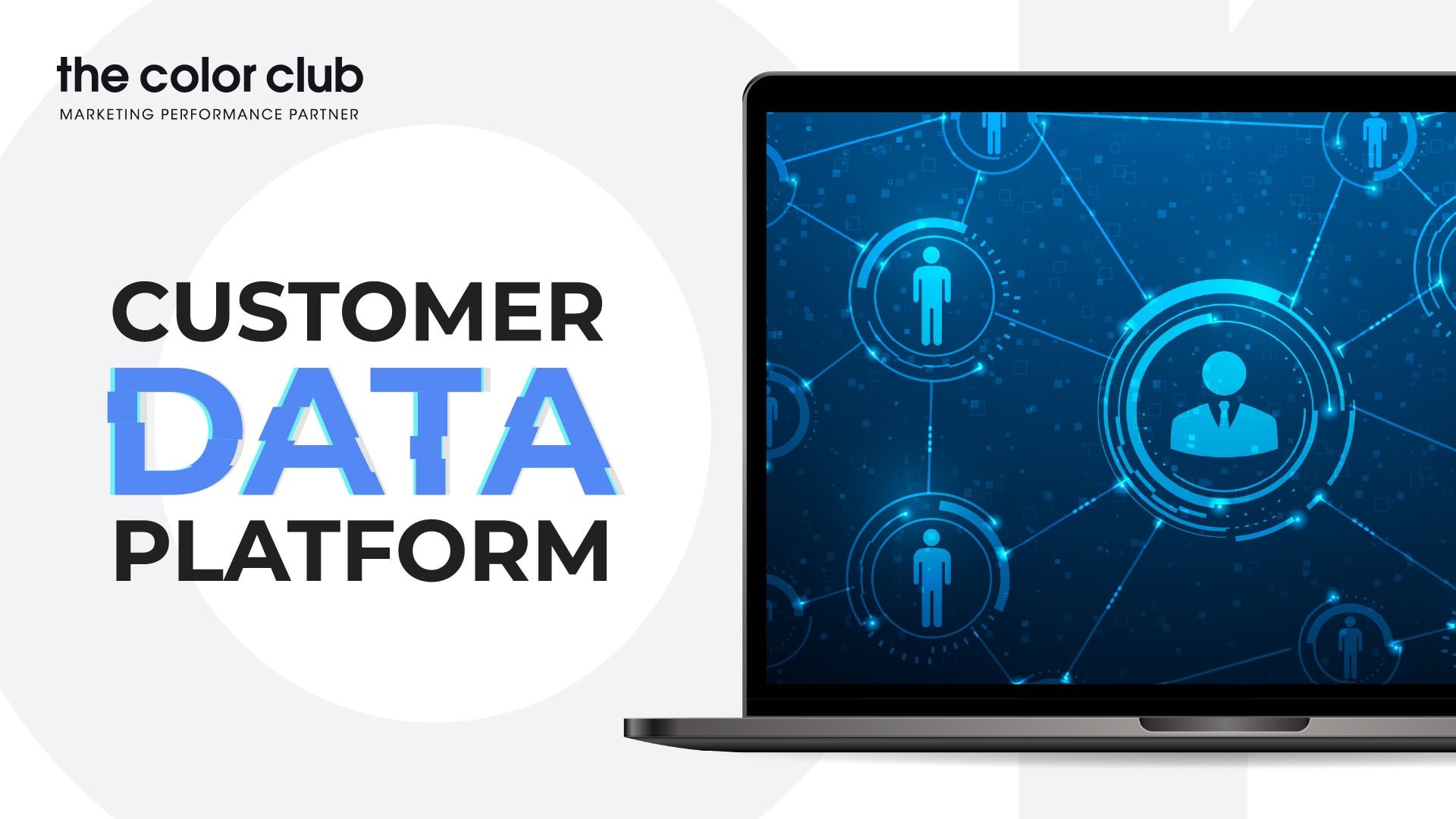Introduction
Many companies at some point hit the same marketing predicament: hire an in-house team or outsource? Truthfully, there’s no easy answer to this question. Both strategies have advantages, so to help you decide, we created a useful guideline. By using this framework, you’ll be able to choose the best strategy for your brand and start building towards long-term market success.
In our article, we weigh up both marketing approaches, providing you with invaluable insights to help you confidently adopt the right strategy and spend more time on other critical business areas.
Chapters
What is in-house marketing?
In-house marketing involves you setting up and hiring an internal team to handle all your brand’s marketing activities. This dedicated team typically consists of professionals who work exclusively for your company.
The advantages of in-house marketing for your brand
You have strong control and flexibility:
In-house teams offer a high degree of control and flexibility, allowing you to maintain a close connection with their marketing strategies, and have the final word on direction. Immediate changes can be introduced and managing evolving market conditions becomes easier.
Colleagues have deep company knowledge:
By bringing your marketing in-house, you’ll have creatives and professionals who possess an intimate understanding of your company’s vision, values, and culture. This deep knowledge allows them to align marketing efforts seamlessly with your overall brand identity, resulting in consistent messaging and enhanced brand reputation.
Quick response to market-changes:
When challenges or opportunities arise, in-house teams can collaborate with other departments quickly for efficient decision-making and timely delivery.
Keep an eye out for these in-house marketing challenges
Limited expertise:
With in-house teams, there may be a lack of expertise in certain marketing areas, like emerging technologies or specialized strategies. This will limit your ability to introduce cutting-edge tactics and stay ahead of the competition.
Time consuming and high costs:
Building and maintaining an in-house marketing team requires a substantial amount of time, investments in human resources, training, and infrastructure. Smaller businesses with limited budgets will struggle to create a team that covers all necessary skills.
Consistent inefficiencies and bottlenecks:
In-house marketing teams can experience bottlenecks due to workload fluctuations, leading to inefficiencies in delivery and project management. The absence of external perspectives may also limit creative thinking and innovative ideas.
Why your brand should explore outsource marketing
Outsourcing marketing involves partnering with external marketing agencies or professionals. These entities work independently but collaborate closely with your brand to achieve your desired results.
The key benefits to outsourcing your marketing
You gain access to specialized expertise:
Outsourcing provides access to a diverse talent pool with specialized skills and experience. This allows you to tap into the expertise of professionals who possess in-depth knowledge of specific marketing disciplines, resulting in higher quality and more effective campaigns.
You’ll save costs while scaling up:
With outsourcing, you eliminate the need for recruiting, training, and managing an in-house team, resulting in huge cost savings. Moreover, scalability becomes more feasible as you can adjust the level of outsourced services according to your needs.
Benefit from fresh ideas and outside perspectives:
Outsourcing brings an external perspective, allowing you to gain insights and innovative ideas that may have been overlooked internally. This fresh approach can spark creativity, generate unique strategies, and open doors to new opportunities.
Look out for these outsource marketing challenges
Communication and control concerns:
Effective communication becomes critical when collaborating with outsourcing partners. You need to ensure your partner fully understands your goals and values to avoid any misinterpretation or misalignment.
Becoming dependant on third-party providers:
Relying on outsourcing means entrusting a portion of your success to a third party. While this can alleviate the burden on internal resources, it might also introduce a level of dependency on the agency’s performance and availability.
Potential quality and consistency issues:
Despite the benefits, outsourcing may introduce risks related to the quality and consistency of work. That’s why it’s essential to thoroughly research outsourcing partners to ensure they align with your standards and values.
Our final thoughts
While both in-house marketing and outsourcing have their merits, outsourcing marketing often proves to be the most cost saving and effective strategic choice for brands. By using the specialized expertise, scalability, and fresh perspectives that outsourcing offers, companies will unlock new opportunities, expand their marketing capabilities, and achieve better results.
FAQs
How do I determine whether my business should opt for in-house marketing or outsourcing?
Consider factors such as your budget, internal expertise, scalability needs, and the complexity of your marketing requirements. Evaluate the pros and cons of each option to make an informed decision.
Can I outsource only specific marketing tasks while keeping others in-house?
Yes, companies have the flexibility to outsource specific tasks or projects while keeping others in-house. This hybrid approach allows you to leverage external expertise where needed while maintaining control over certain aspects of your marketing efforts.
Are there any industries or business sizes that are better suited for in-house marketing?
The suitability of in-house marketing depends on factors such as the size of your company, available resources, and your specific industry. Generally, larger companies with substantial budgets and extensive marketing needs may find it easier to establish an in-house team.
How can I ensure effective communication and collaboration with an outsourced marketing agency?
Establish clear communication channels, provide detailed briefs and guidelines, and maintain regular check-ins with your partner. Clearly communicate your goals, expectations, and desired outcomes to always ensure alignment and foster a collaborative relationship.
What steps can I take to evaluate the quality and reliability of potential outsourcing partners?
Conduct thorough research on potential outsourcing partners by reviewing their portfolios, client testimonials, and case studies. Also, consider their expertise, industry experience, and their ability to understand and align with your goals.










 100vw, 1200px” data-lazy-src=”https://staging-thecolorclub.kinsta.cloud/wp-content/uploads/2023/05/Copy-of-tcc-mkt-blog-image-template-19.jpg” /><noscript><img loading=)